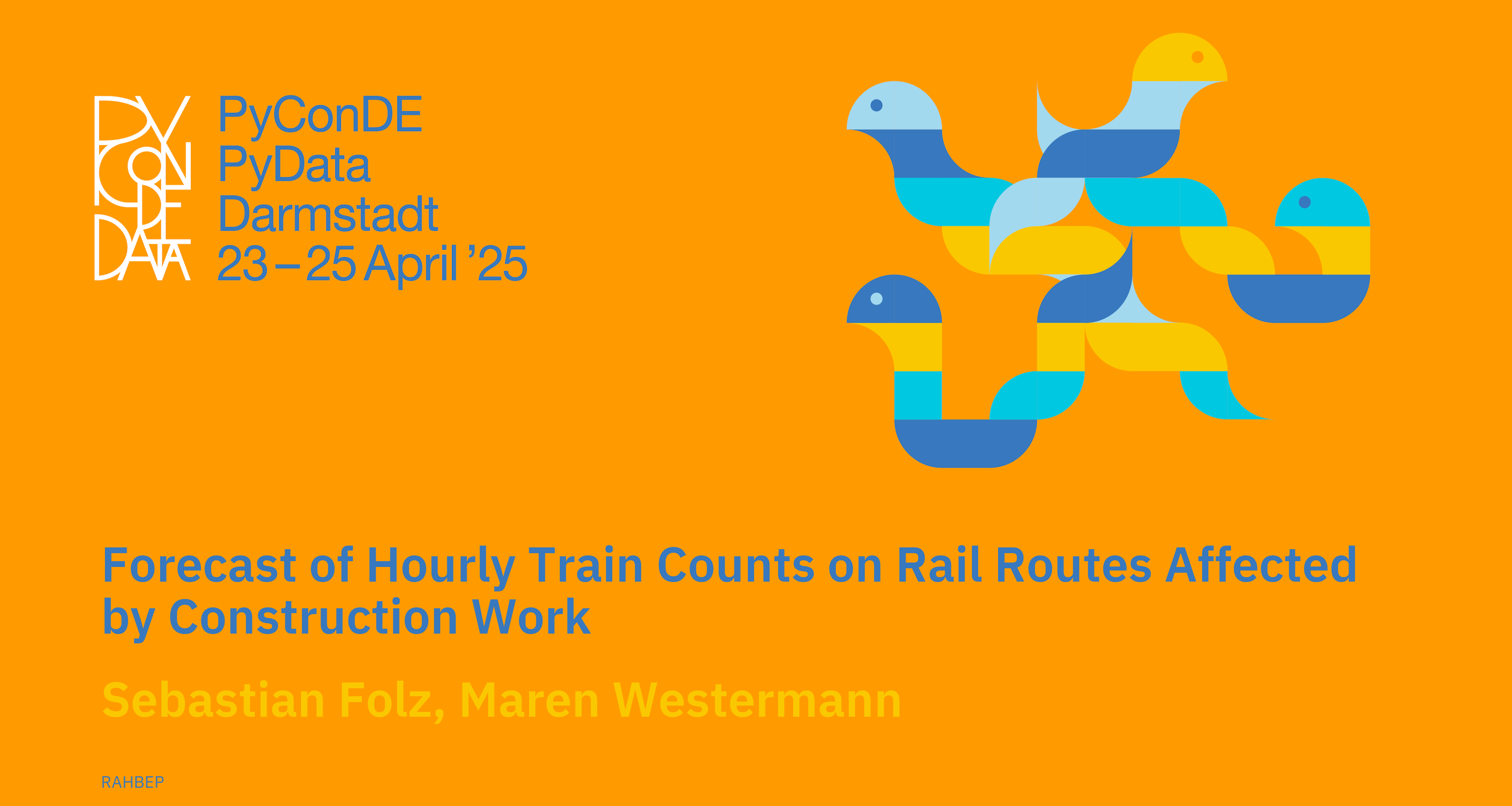Within a national railroad network, construction work for maintenance and modernization is unavoidable - as is train traffic on the affected sections under certain circumstances. Although there are fixed timetables for passenger rail transport that are planned well in advance and are set very early, there are still many freight transports and special trains that are registered at short notice and cause a dynamic traffic situation on the rail network. Therefore, the capacity utilisation of the rail routes is unknown until shortly before the journey takes place. It is therefore important to estimate the number of trains that will run over the affected tracks in order to establish a sensible re-routing strategy. Until now, this process has been in the hands of human decision-makers for decades or even more than a century.
Demographic change and staff shortages are increasingly forcing companies to automate activities intelligently. This is where machine learning and artificial intelligence come into play.
As Deutsche Bahn's IT service provider, DB Systel GmbH was able to successfully implement an example of intelligent automation of this process and estimate train numbers on sections of tracks affected by construction using modern ML and AI methods. Python as well as various established frameworks (Pandas, scikit-learn, NumPy, PyTorch) and new frameworks (Polars, Ruff) were used in this project. A success and performance measurement clearly demonstrated the benefits of ML automation.
